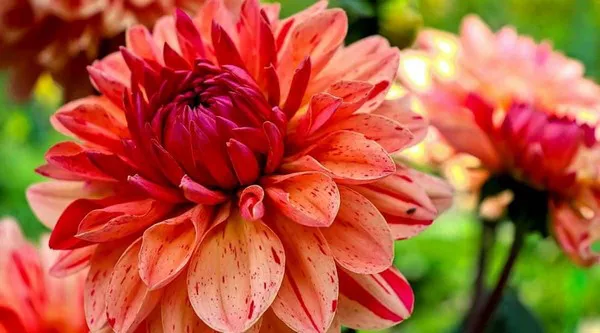Kalanchoe (Kalanchoe blossfeldiana) is a popular houseplant known for its vibrant, long-lasting flowers. However, like all living things, kalanchoe flowers eventually fade and die. When this happens, it’s essential to understand how to care for your plant and maintain its health for future blooms. In this article, we will explore the reasons behind kalanchoe flower death and discuss the steps to take when they wither. Additionally, we will delve into other crucial aspects of kalanchoe care to ensure its longevity and sustained beauty.
Flowering Cycle of Kalanchoe
Before addressing the issue of dying flowers, it’s crucial to comprehend the flowering cycle of kalanchoe. Kalanchoe is a short-day plant, meaning it requires longer nights and shorter days to initiate flowering. Typically, kalanchoe blooms in late fall or winter, providing a burst of color during the colder months. The flowers can last for several weeks, adding a vibrant touch to any interior space. However, after the flowering period, the blooms will eventually fade and drop, signaling the beginning of a new cycle.
1. Trimming Faded Flowers
When your kalanchoe flowers start to fade and lose their luster, it’s essential to trim them off the plant. Removing spent flowers not only improves the plant’s appearance but also directs its energy toward new growth. Use clean, sharp scissors or pruning shears to make clean cuts near the base of the flower stem. Be cautious not to damage the healthy leaves or stems in the process.
2. Pruning and Deadheading
Pruning is a critical aspect of kalanchoe care, not just for faded flowers but also for maintaining overall plant health. Regular pruning encourages new growth and helps your kalanchoe maintain a compact, bushy shape. Additionally, deadheading – the removal of wilted flowers – prevents seed formation, diverting energy back into the plant for future blooms. Make sure to prune and deadhead as necessary throughout the year, not just after the flowering period.
Other Crucial Aspects of Kalanchoe Care
1. Adequate Sunlight
Kalanchoes thrive in bright, indirect sunlight. Ensure your plant receives sufficient light exposure, but avoid placing it in direct sunlight for prolonged periods, especially during hot summer months. Insufficient light can weaken the plant and hinder future flowering.
2. Watering Wisely
Overwatering is a common mistake that can lead to root rot and the eventual death of a kalanchoe plant. Allow the top inch of the soil to dry out before watering, and be cautious not to let the plant sit in water. A well-draining potting mix and a pot with drainage holes are essential for maintaining proper soil moisture levels.
3. Balanced Fertilization
Kalanchoes benefit from regular fertilization during the growing season, which generally occurs in spring and summer. Use a balanced, water-soluble fertilizer with equal parts of nitrogen, phosphorus, and potassium. Follow the manufacturer’s instructions to avoid over-fertilization, as excessive nutrients can harm the plant.
4. Repotting
As kalanchoe grows, it may outgrow its current pot. Repotting is essential to provide sufficient space for the plant’s roots and ensure healthy growth. Repot your kalanchoe into a slightly larger pot using a well-draining potting mix. Spring is the best time for repotting, as it coincides with the growing season.
5. Pest and Disease Management
Vigilance against pests and diseases is vital for maintaining a healthy kalanchoe plant. Common pests include mealybugs, aphids, and spider mites, while root rot and powdery mildew are common diseases. Regularly inspect your plant for any signs of infestation or disease, and take prompt action to address the issue using appropriate methods or insecticidal soaps.
6. Preparing for Dormancy
After the flowering period, kalanchoe will naturally enter a period of dormancy. During this time, reduce watering and avoid fertilization to allow the plant to rest. Place the plant in a slightly cooler location with reduced light exposure. Dormancy typically lasts for a few weeks, after which you can resume regular care and encourage new growth.
Conclusion
Kalanchoe flowers may fade, but with the right care and attention, your plant will continue to flourish. Regular pruning, proper sunlight, adequate watering, and balanced fertilization are key to maintaining a healthy kalanchoe beyond its flowering period. By understanding the plant’s natural cycles and providing appropriate care, you can enjoy the beauty of kalanchoe blooms year after year. Remember that each step in kalanchoe care is crucial for the plant’s overall health and longevity, ensuring you can admire its colorful display whenever it blooms.


